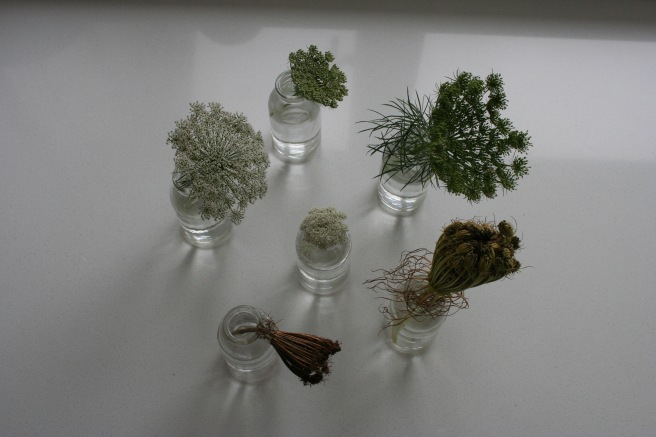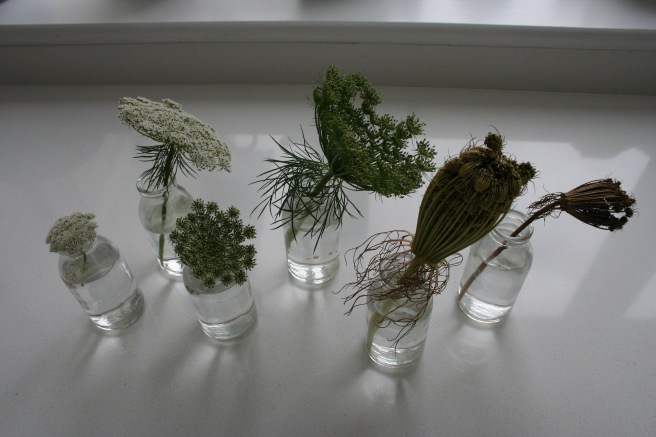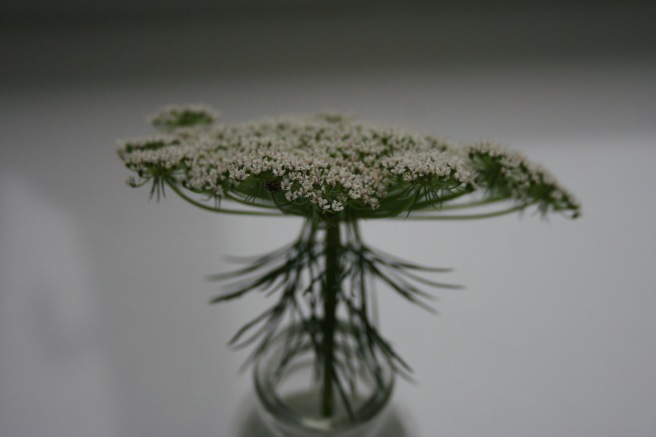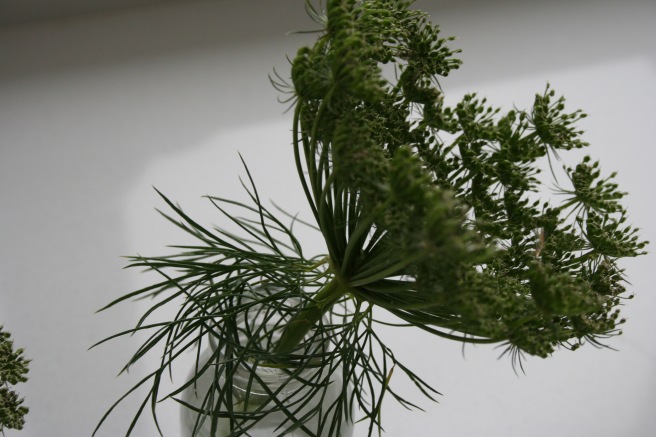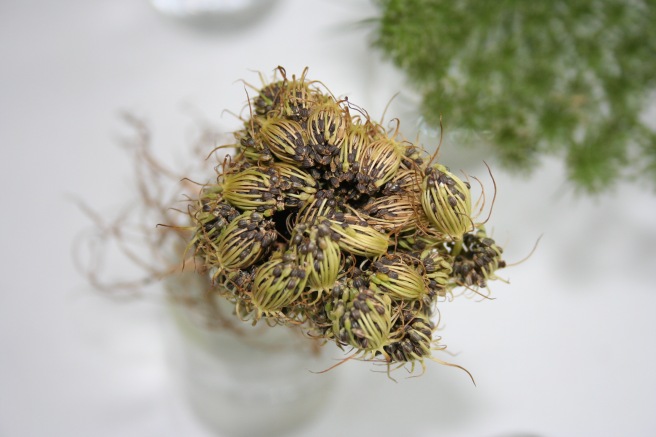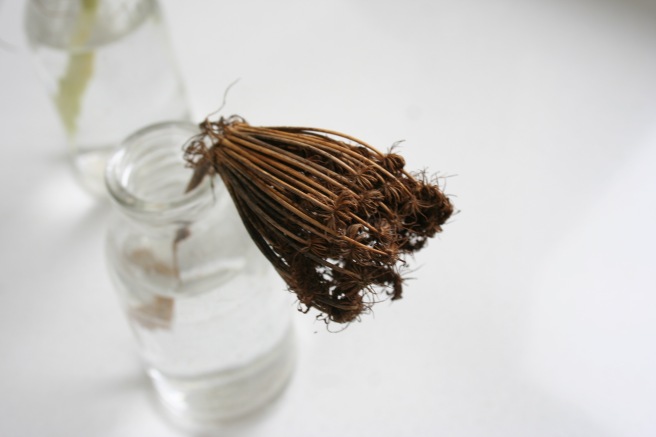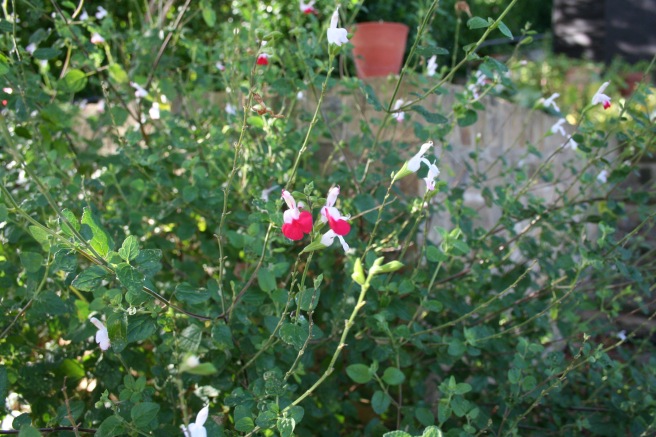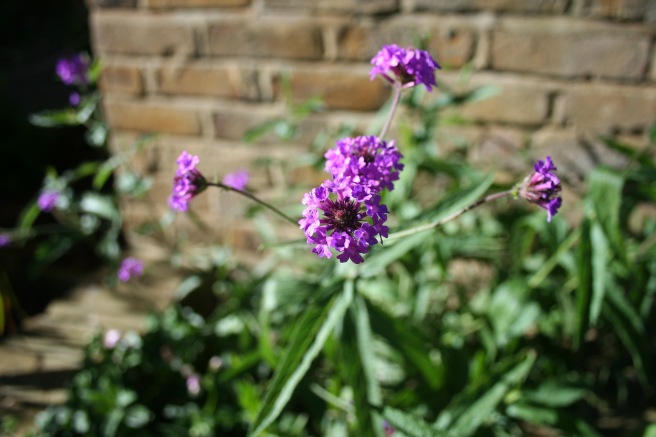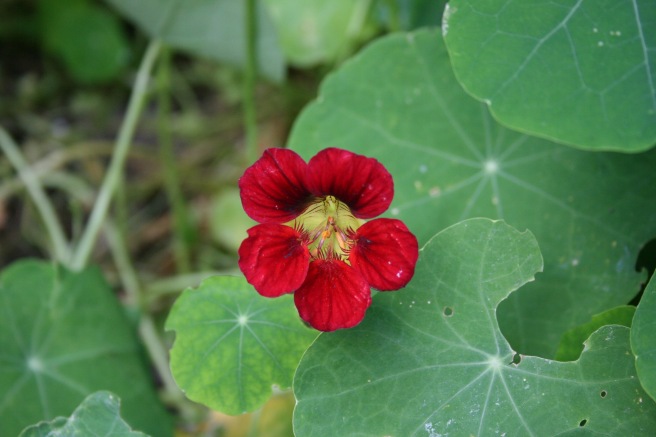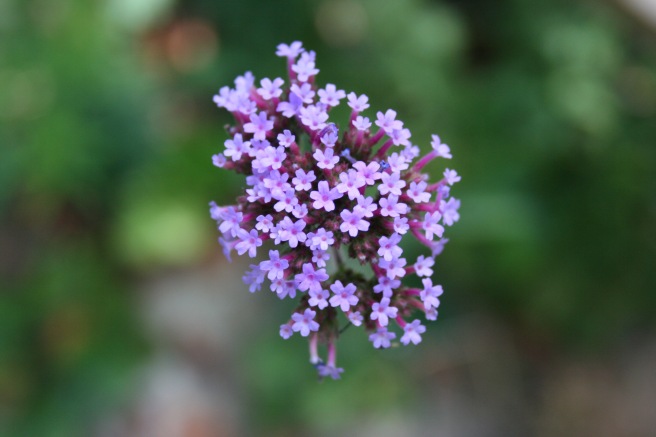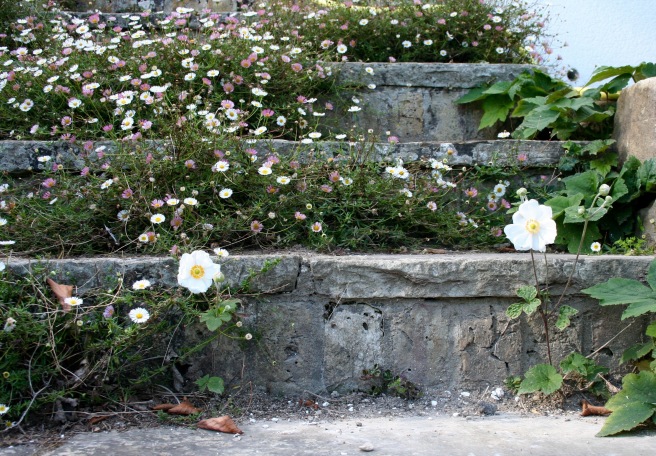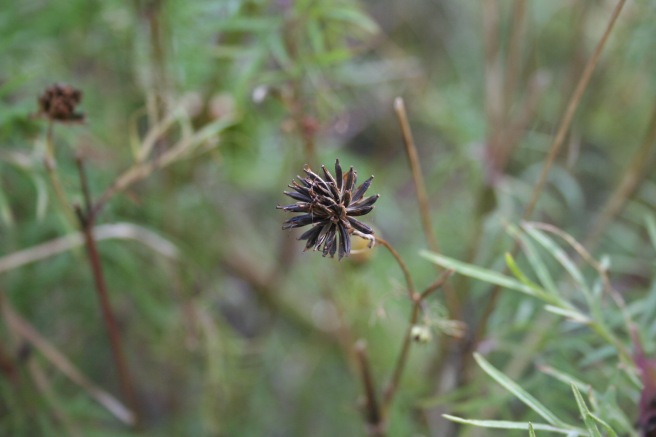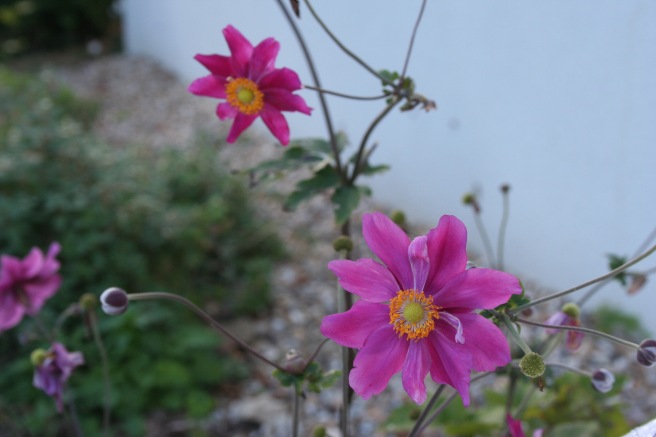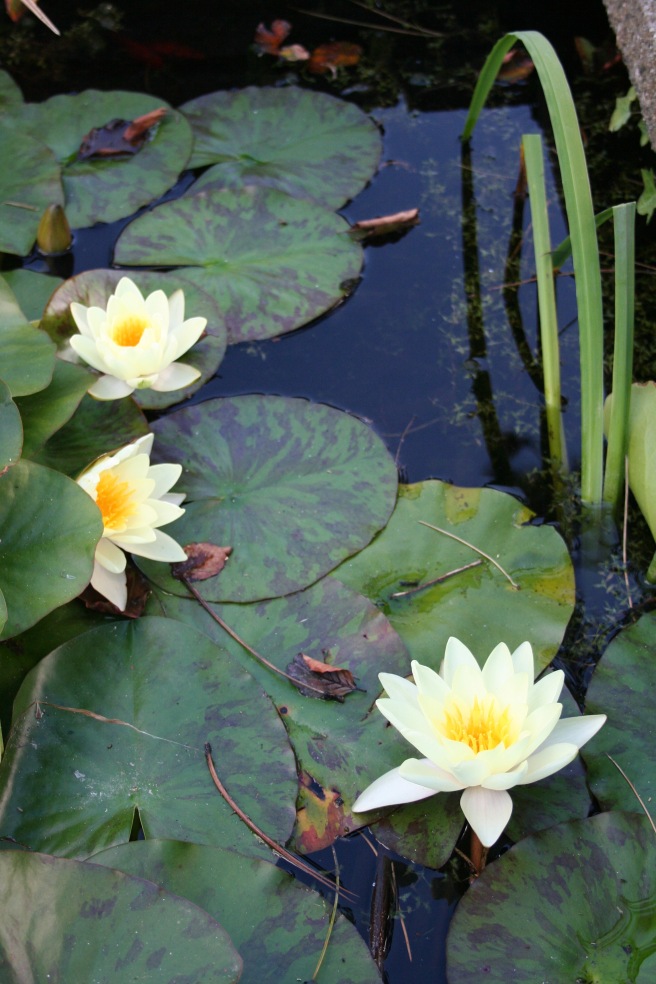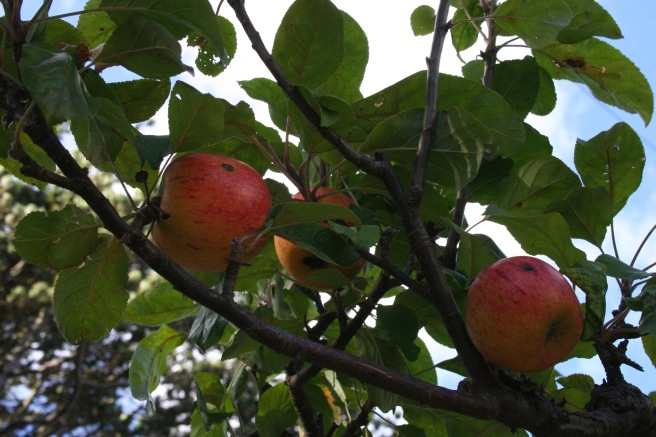Choris at The Blooming Garden is showcasing 10 of her favourite July flowers and encouraging other bloggers to do the same; I’ve chosen 5 because these are the ones that are looking good in my garden right now and are my absolute favourites.
1 I’ve said before that Verbena bonariensis is one of my top-ten favourite plants of all time. It’s the most striking, useful, gorgeous bee-magnet you can plant. It adds height, structure, colour and interest; I love the criss-crossing erect stems holding aloft purple flowerheads. They look airy and delicate but they’re tough as old boots and withstand the winds round these parts.




Verbena is a group of hugely versatile perennials – we also have Verbena rigida, which is another gorgeous purple and grows to about 50cm, and the semi-trailing, bright pink Verbena ‘Sissinghurst’, which is great in pots.


2 Sweet peas. I can’t think of a better-value plant for cutting flowers – the more you cut them, the more flowers you get. It’s like magic. You can cut flowers every day if you have enough plants. They’re delicate, beautiful, easy to grow (in my experience, but beware slugs and snails early on), come in a wide range of colours and the fragrance is heavenly. Everyone has their own methods of growing and planting sweet peas but I grow mine from seed in tall pots (or even old toilet roll holders) in spring, pinch out the tips when they’re about 30–40cm tall to encourage side shoots (which flower), then plant out in May. Our soil is very free-draining so I shovel in compost and keep them well watered. I feed mine when I feed my tomatoes – once a week with a tomato feed – but everyone has their own methods. We have one plant that self-seeded from last year, grew throughout the winter and has borne loads of flowers since late May! They’re tougher than you think.
Sweet peas need support to climb up – a wigwam of twiggy branches is perfect, or beanpoles with twine tied around, or some people use trellis. Their tendrils will grab hold of anything nearby so it’s good to check where they’re heading occasionally and redirect them. Anyway, once they start flowering, you start cutting and, if you’re lucky, you’ll have so many sweetly-scented flowers you’ll have jugs of them wafting their glorious fragrance in every room with enough left over to give handfuls to friends. Get them going early enough and you could have flowers from as early as May through to October or even the first frosts but peak sweet pea month here is July. If you follow Sultanabun on Instagram, you’ll have seen it’s her peak sweet pea time, too.


3 Ammi visnaga. All the Ammi plants growing in our garden this year have grown themselves. They self-seeded from plants I grew from seed last year and have multiplied tenfold which tells you how easy and undemanding they are. If you want to grow Ammi and don’t want it spreading everywhere, make sure you dead-head rigorously… The best thing about them is that the flower heads are great big landing pads for bees, butterflies and hoverflies. Made up of hundreds of tiny white flowers, the heads are compound flowers providing rich nectar for pollinators. The foliage is a lovely green, delicate and feathery, so stems of Ammi make great cutting material for vases.
4 Another fantastic flower for pollinators (are you sensing a theme here?!) is Scabious atropurpurea. We have two colours here – white and pink. The seed packet I grew them from last year showed rich dark colours, so I was a little disappointed when they turned out to be pale pink, lilac and white. But they’ve come back this year strongly (they’re perennials) and the bees love them, so they can stay. I plan to grow some richer colours at some point.
It’s another plant that pumps out flowers all summer long and into the autumn if you dead-head regularly (or cut the flowers for vases). I sowed a £2-packet of seeds last year and have three large patches of plants for the second year running. Excellent value, I’d say.



5 Finally, here’s a flower I’ve grown for the first time this year and I’ll definitely grow it again – Salvia viridis (or clary sage). It’s a hardy annual and the striking blue/purple flowers you can see are actually coloured bracts, not flowers. The real flowers are tiny and grow close to the stem further down.
I planted them out in early June and they’ve been looking fabulous for a few weeks now and have been buzzing with pollinators. The stems are upright and quite striking, with real impact when grown together. We have a patch of about 5 plants, then others dotted between other grasses and perennials. They like free-draining soil and full sun.



Right, I’m off out into the garden to pick some sweet peas 🙂 Have a lovely weekend.












